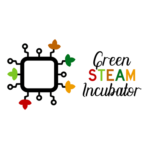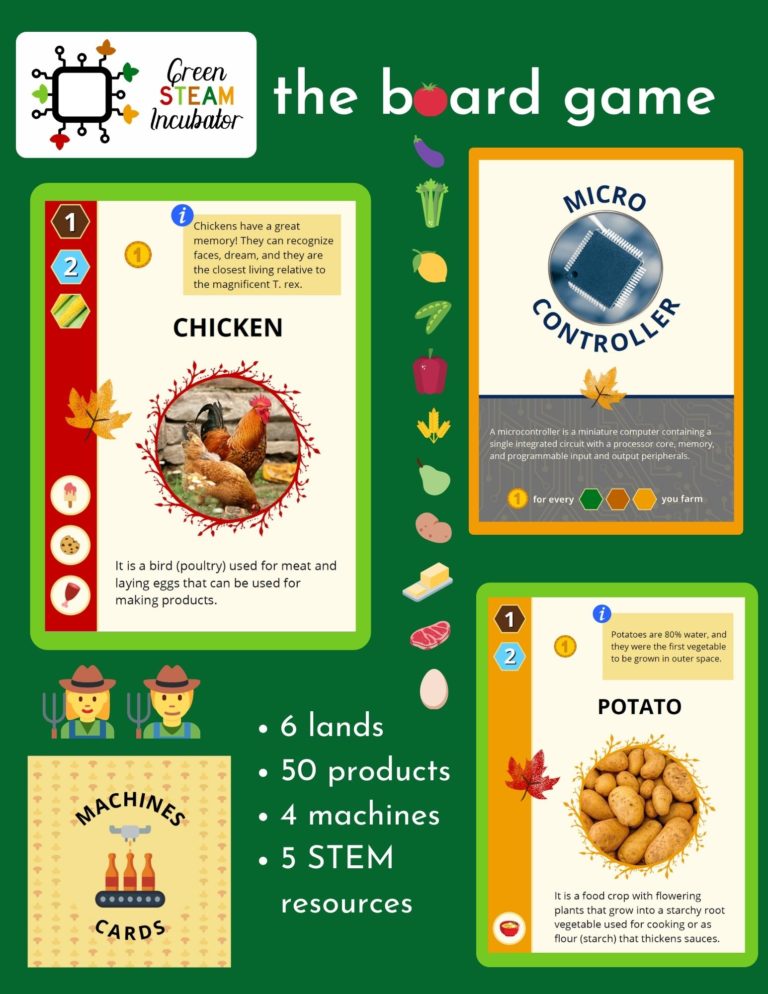Due to all the rules, restrictions and recommendations that were put in place regarding social contacts, schools, teleworking or traveling, everyone started spending more time at home, voluntarily or involuntarily. Some people started minding their home environment more – they didn´t like the clutter in acorner of their living room or became frustrated by the poor lighting. Many people tried something they had never tried before like making bread at home or upcycling an old piece of furniture. Some planted their first tomato plant, tried to regrow celery or finally got around to planting that avocado seed, which they had been planning to do for ages. But when people had a chance to escape their apartments or houses, they were grateful for nearby parks and forests and having a garden became a priceless asset. During the events of the past months, public awareness of the importance of nature has risen considerably [1]. Promotion of environmental and permaculture education are some of the goals of Green STEAM Incubator as well.
Sparking students´ interest in many different subjects can be a challenge for teachers. Students come from different backgrounds, some also have learning disorders and have specific learning needs. For some subjects, like physical education or art, this seems easy as students favor them in general. For others, which are not so popular, it can seem like an insurmountable task e.g. for languages or geography [2]. Incorporating game components into classes has been a growing phenomenon over the past two decades. Teachers and educators believe those game elements can spark their students´ interest, increase their attention, boost their engagement and help them absorb information quicker.
There are different concepts on how to combine games and education: gamification, serious games (I bet you haven´t heard about that one!), and game-based learning.
Gamification means implementing game mechanics, elements, ideas or designs (timers, points, levels and rewards) in any primary non-gaming activity in order to make it more exciting and engaging.
Serious games are games with a defined learning objective. Their primary purpose is learning and entertainment is secondary. Serious games can use various formats e.g. role-playing, puzzles or simulations to deliver the content.
Game-based learning (GBL) can be considered a subset of serious games [3]. The focus of the learning, a certain objective of the school curriculum, is turned into a game. Students are having fun and learning at the same time. Teachers can use either an already existing design or invent an entirely new game [4, 5].
Researchers and teachers in Denmark designed the “Game of Piglets”, a virtual pig farm that allows students to practice procedures involved in external biosecurity and farrowing management. In a Nigerian university, the content of a discipline subject called Farm Practise was gamified in a mobile app in order to increase students´ interest and engagement.
In the Green STEAM Incubator project, we also adopted a game-based approach by developing 8 treasure hunts and a board game.”
The board game was built around the various products produced in countries of the European Union. Each player is randomly assigned a country (Belgium, Sweden, Cyprus, Portugal, Hungary or Estonia), where they build their farm. Farming in each country has its advantages as well as disadvantages. The players gain extra points by using the benefits of its location. For example, the production of wine and tomatoes is easier in Portugal due to the warm and sunny climate. On the other hand, Belgium manages potatoes and meat production very well! Therefore, to win, each player has to master the art of farming by employing their country´s natural advantages.
Farmers need to find ways to maximize their production. To do so, they can incorporate different STEM disciplines into their business. Without machines and modern methods, they will never match the production of their rival farmers.
The game aims for players to gain a global understanding of European biodiversity (its fruits, vegetables and animal products), and how the modernization of practices enables larger yields, a better quality of food and environmentally sustainable production.
The purpose of these activities is to encourage the development of critical thinking, collaboration and interpersonal skills of our youth, including young people from disadvantaged socio-economic background or with learning disorders. Furthermore, we want to raise awareness of environmental education, permaculture and green-entrepreneurship among young people and moreover to provide a link between STEM subjects and agriculture.
Research indicates that the instructions for teachers on how to gamify content in lectures are still quite limited [6]. We will cover how this game and 8 treasure hunts were created and how to create a game-based activity for any subject in the Green STEAM Incubator Manual. The manual will be published on the Green STEAM Incubator website soon.
Get your hands out of your sleeves, get the radars in your head turning, grab the incubator manual and start designing STEAM oriented games for your students!
Sources:
- Rousseau, S., & Deschacht, N. (2020). Public Awareness of Nature and the Environment During the COVID-19 Crisis. Environmental And Resource Economics, 76(4), 1149-1159. doi: 10.1007/s10640-020-00445-w
- Favorite Subjects | Basic Research on Academic Performance International Survey of Six Cities. (n.d.) Retrieved 20 January 2021, from https://www.childresearch.net/RESOURCE/DATA/SPECIAL/SIXCITIES/FIGURE1.html
- De Freitas, S. (2006). Learning in Immersive worlds: A review of game-based learning. Retrieved from https://researchrepository.murdoch.edu.au/id/eprint/35774/1/gamingreport_v3.pdf
- Fatta, H., Maksom, Z., & Zakaria, M. (2019). Game-based Learning and Gamification: Searching for Definitions. International Journal Of Simulation: Systems, Science & Technology, 19. doi: 10.5013/ijssst.a.19.06.41
- Denny Juliette. [Growth Engineering]. (2019, August 21). Gamification vs Game based Learning: What’s the Difference? [Video]. YouTube. https://www.youtube.com/watch?v=reWxOKrsA00&feature=emb_logo
- Dichev, C., & Dicheva, D. (2017). Gamifying education: what is known, what is believed and what remains uncertain: a critical review. International Journal Of Educational Technology In Higher Education, 14(1). doi: 10.1186/s41239-017-0042-5

Keep in touch with the progress of the project:
Visit the project’s website![]() Follow the project on Facebook: Green STEAM incubator
Follow the project on Facebook: Green STEAM incubator
In collaboration with: Citizens in Power, CEPROF, CSI (Center for Social Innovation LTD)

